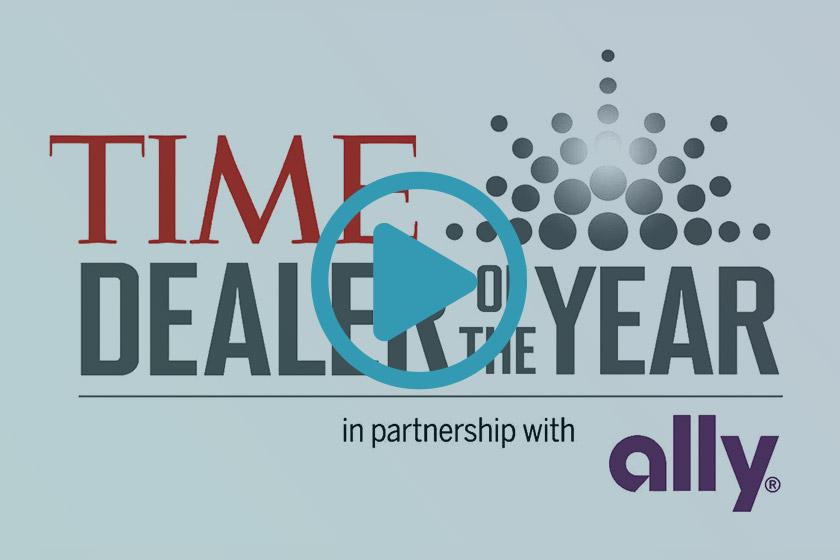Facebook has spent the better part of the last year in the limelight—and hardly in a good way. The once-beloved (and still incredibly popular) social platform has faced a number of scandals and PR debacles, all of them hinging on Facebook’s use of consumers’ data. Unsurprisingly, the company has reacted to the fallout with some sweeping changes to the way it uses third-party data—but what are those changes, exactly? And, what are the implications for advertisers? In this post, we’ll unpack both of those questions.
Background: Cambridge Analytica
To begin with, it’s important to know exactly what happened to put Facebook in such a bad place.
It centers on Cambridge Analytica, a data analytics company that services political campaigns, allowing them to micro-target potential voters. Back in March, allegations arose that Cambridge Analytica obtained the private data of some 50 million Facebook users, without ever getting their consent. These allegations blew up the headlines, and Facebook itself reacted swiftly, barring the company from buying any more ads or accessing further data.
The whole thing put Facebook’s data policies in the spotlight, and raised a lot of questions about what the platform can do to protect the personal information of its users. Subsequently, Facebook announced that it will no longer use data from third-party providers. What’s more, Facebook will now limit the amount of data it makes available to advertisers.
Third-party data companies, like Cambridge Analytica, have long been central to Facebook’s advertising model. Essentially, these companies sell data—such as consumer shopping or brand preferences—to advertisers, allowing those advertisers to more finely target their ads and improve their ROI.
The long and short of it, then, is that these changes to Facebook’s data policies may limit advertisers in their targeting options. This is especially true for companies that don’t already track their customer data.
What About Partner Categories?
A related point involves Partner Categories, which Facebook launched in 2013 as a means for advertisers to use their third-party data more effectively. Partner Categories allows advertisers to target people based on highly specific characteristics, such as household income or online browsing preferences.
But now, stung by the bad PR, Facebook has announced that Partner Categories will be discontinued, starting in October. Crucially, Custom Audiences still exist, and allow advertisers to fine-tune their ad targeting—just so long as they use first-party data.
All of this begs the question: What can advertisers do now to effectively target their Facebook ads? After all, its unique micro-targeting capabilities are a big part of what made Facebook so attractive to advertisers in the first place.
Facebook Targeting, Post-Cambridge Analytica
The enCOMPASS team can recommend a few basic responses to the Facebook data policy changes.
- Always put the emphasis on first-party data. As we mentioned above, Facebook still allows for Custom Audiences, which provide tons of micro-targeting ability to those who can import their own customer data into the Facebook Ads platform. If you have data from a CRM, loyalty program, or mobile app, Custom Audiences can be invaluable Facebook advertising tools. And if you’re short on customer data, there’s another option—Facebook’s audience selection tools, which can help you target your ads on the basis of your buyer personas. It’s a little less precise, but still potentially effective.
- Build look-alike audiences. As you collect customer data, segment it to identify your best buyers and ideal shoppers. Then, use that information to create a look-alike audience. This allows Facebook to target your ads to users who resemble your best buyers, and it can be a powerful form of prospecting. Basically, this method helps you reach new audiences who have a fairly high likelihood to buy your product, meaning it can deliver big marketing ROI.
- Don’t forget the creative component. Finally, always display ads that are based on the individual’s interests. Create targeted ads that match the products or pages people are viewing on your website. For example, target ads to users who recently viewed a product or abandoned their shopping cart. Make sure your ads are always personally relevant.
Facebook is Still a Worthwhile Investment
There’s no denying that Facebook’s had a bad few months, and that it’s lost some of its luster. What’s more, the latest changes to Facebook’s data policies may cause some advertisers to wonder if it’s time to jump ship.
Our short answer is no. Facebook remains a powerful advertising platform, and these new changes can all be dealt with strategically—ensuring your ongoing ability to run highly targeted ads.
We’d love to talk with you more about how to fine-tune your Facebook advertising efforts, or to address any questions you may have about these changes. Reach out to the enCOMPASS team today, and let’s talk about your marketing goals for the coming year.
SHARE THIS ARTICLE:



